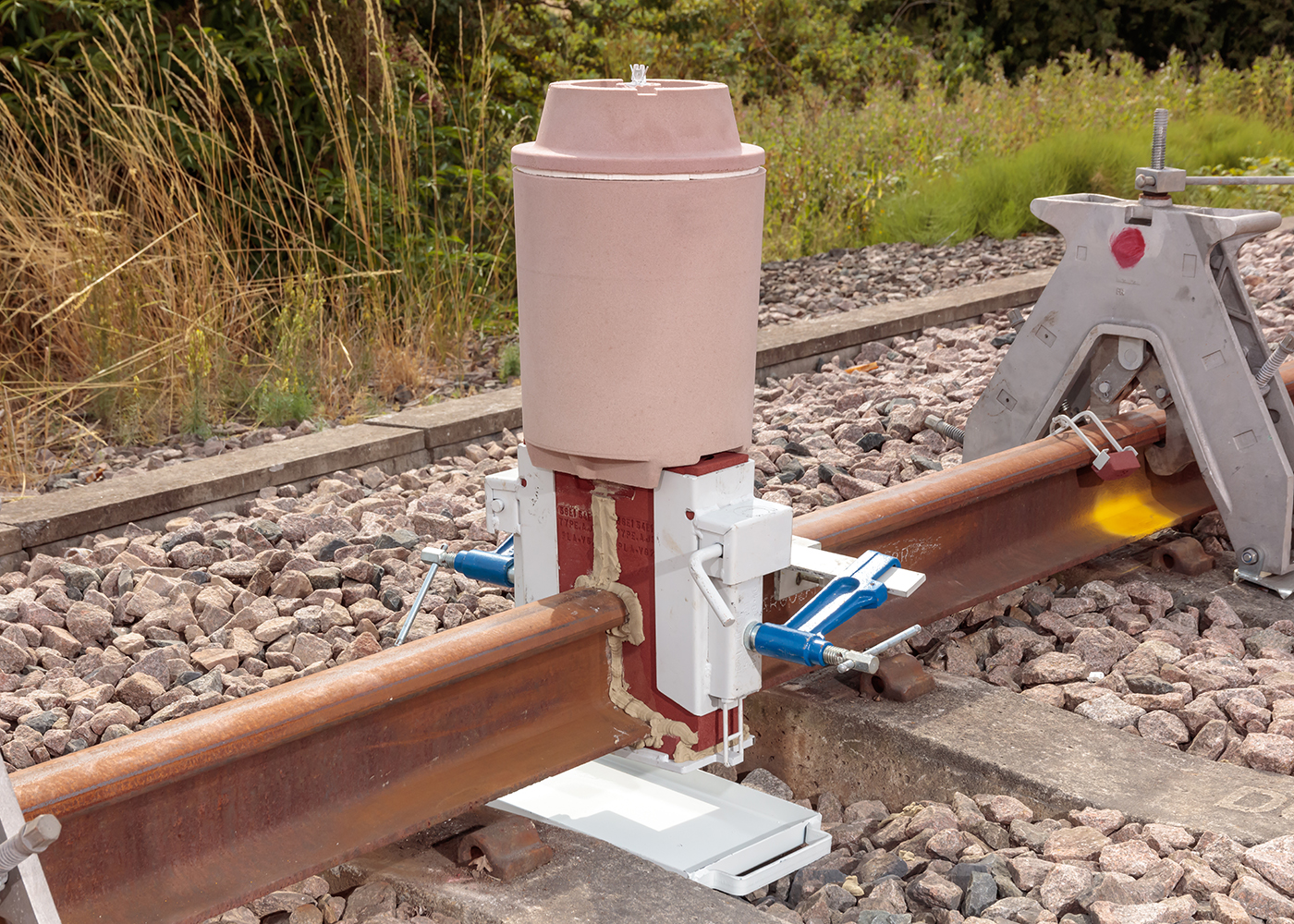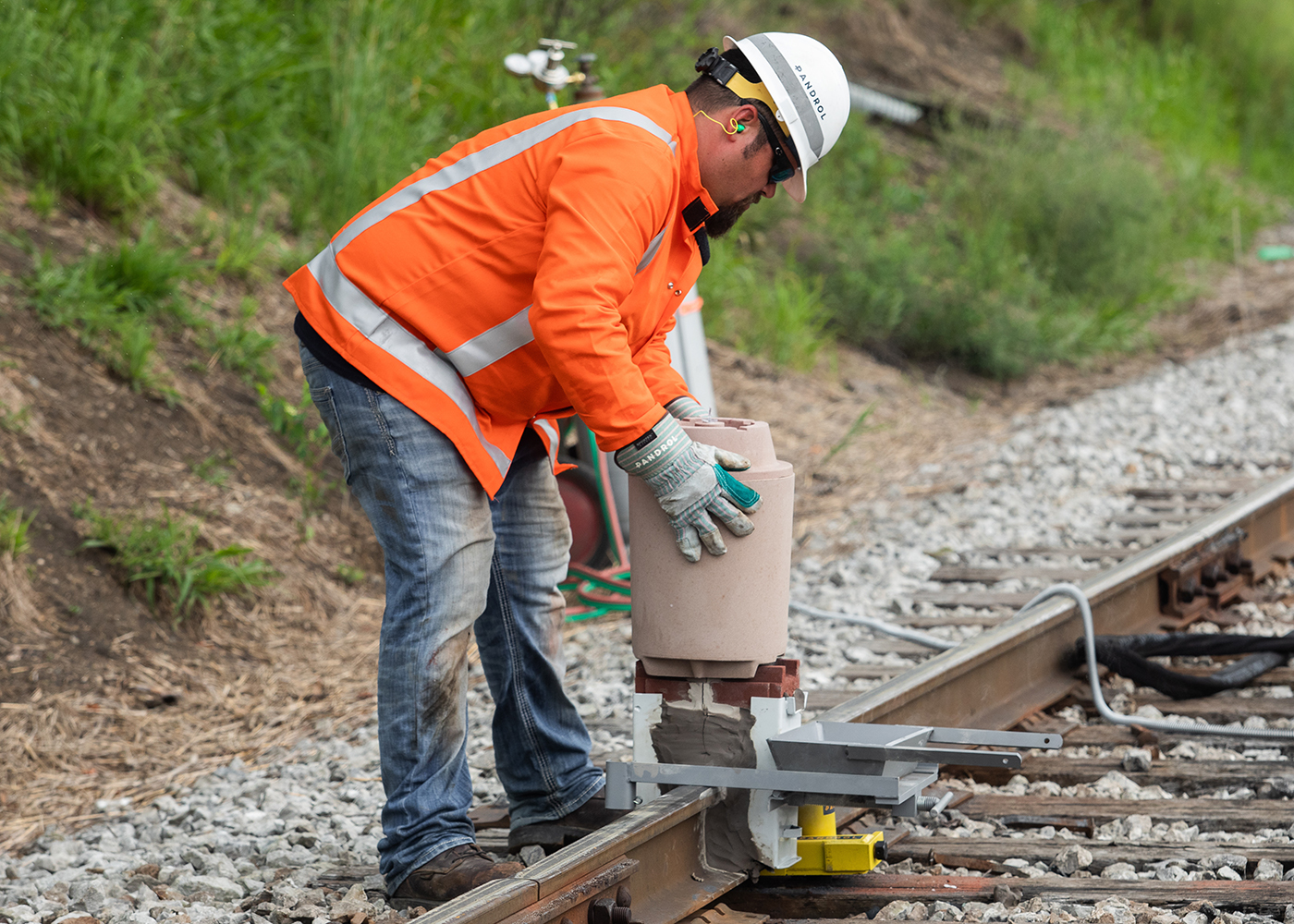工字形钢轨
焊接工艺:将与钢轨轨型配套的砂模安装在钢轨上,由氧化铁和铝粉发生化学反应产生温度高达3,500˚F(约1,950 °C)的钢水,浇注到砂模型腔中。我们为全球的各种钢轨提供不同的焊接工艺、焊药、砂模、坩埚。
- We offer processes, portions, moulds, and crucibles designed to suit various global welding approaches
Related products
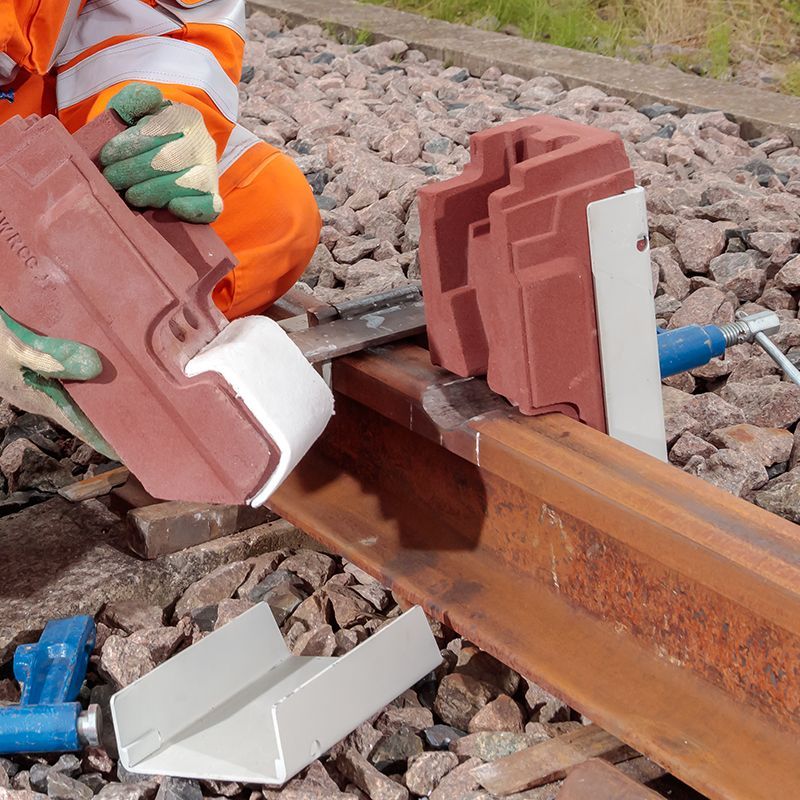
潘得路在轨头焊补领域处于领先地位。它可以用来修复有缺陷的轨头。对于现代轨道网络,它是一种高效、经济的解决方法。这种工艺已经成熟,并且已在多个国家使用,从2008年起在美国和加拿大,2013年在英国,2015年在法国,经过不断改进,适用于当地各种标准和轨型。
钢轨轨头焊补
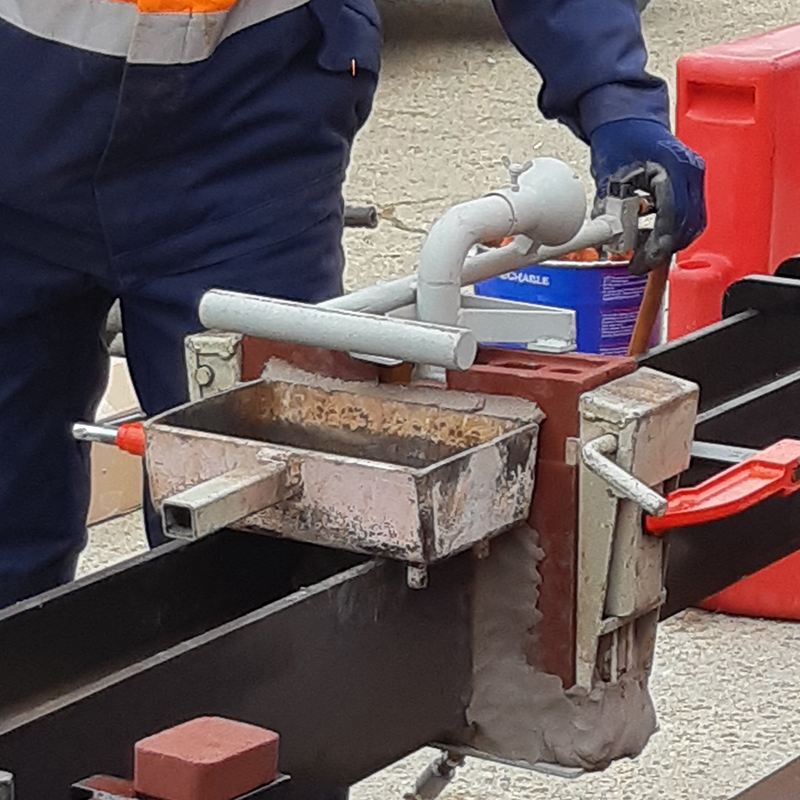
Beyond offering welding processes for all standard rail profiles, we also collaborate with customers to engineer bespoke solutions for special rail types that are less commonly used, such as the special rail grades used on metro lines including rubber-tyred rail, guide bar rail, conductor rail, and rack rail. We can offer portions, moulds and crucibles designed to your exact specification.
特殊钢轨焊接
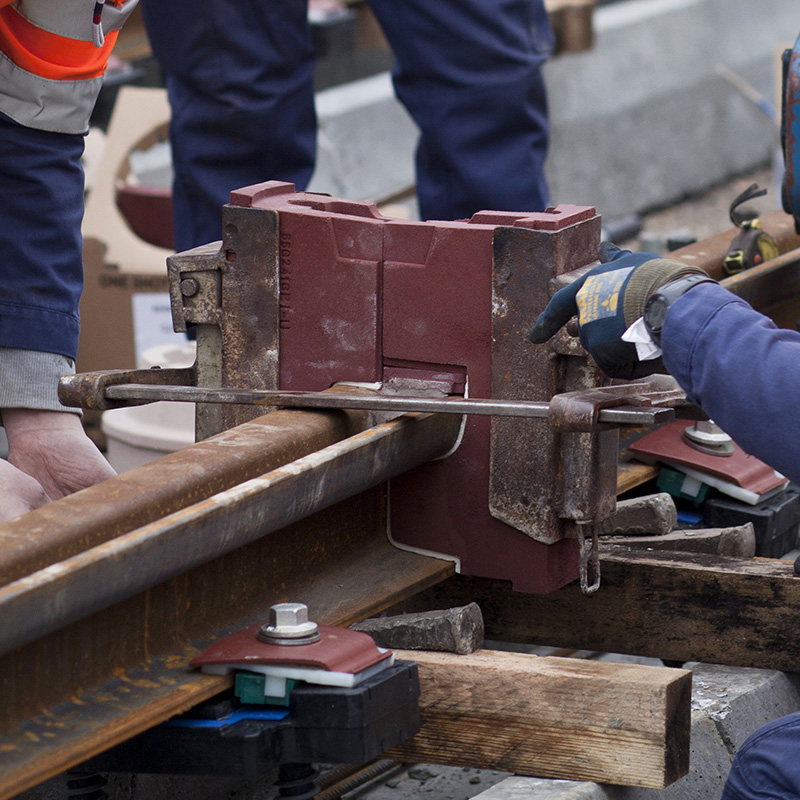
The process involves casting molten steel (produced through the reaction of iron oxide and aluminium) at a temperature exceeding 3,500 ˚F (1,950 °C) into refractory moulds designed to the rail specification.
槽型轨焊接
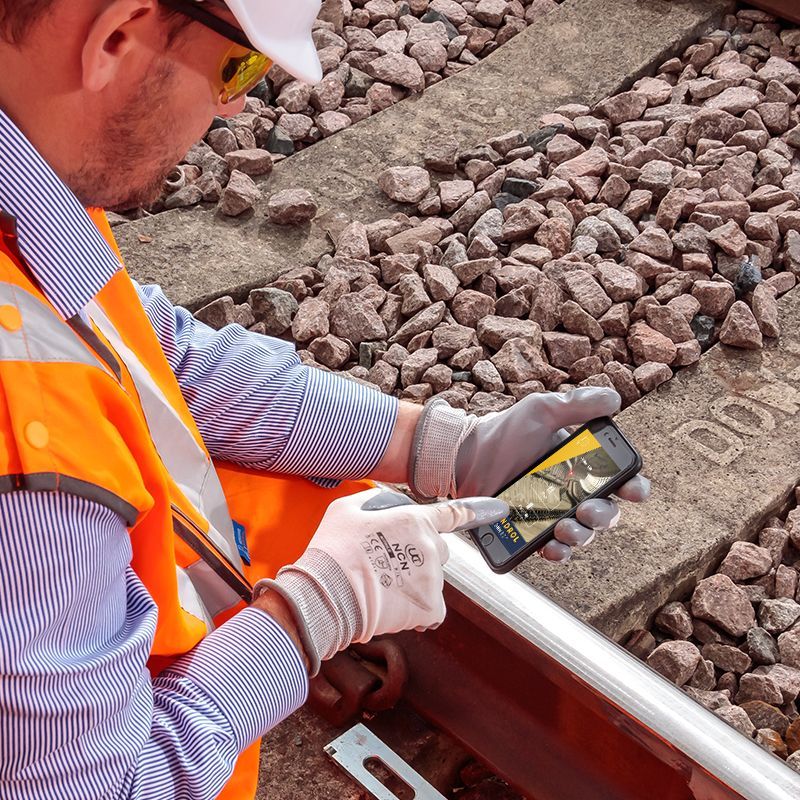
Pandrol Connect consists of three modules: a mobile version for welders to record on-site data and for welding controllers to review data, an online monitoring app to review weld information from the office, and an online administration tool to apply settings to local standards.
Pandrol Connect 焊接应用
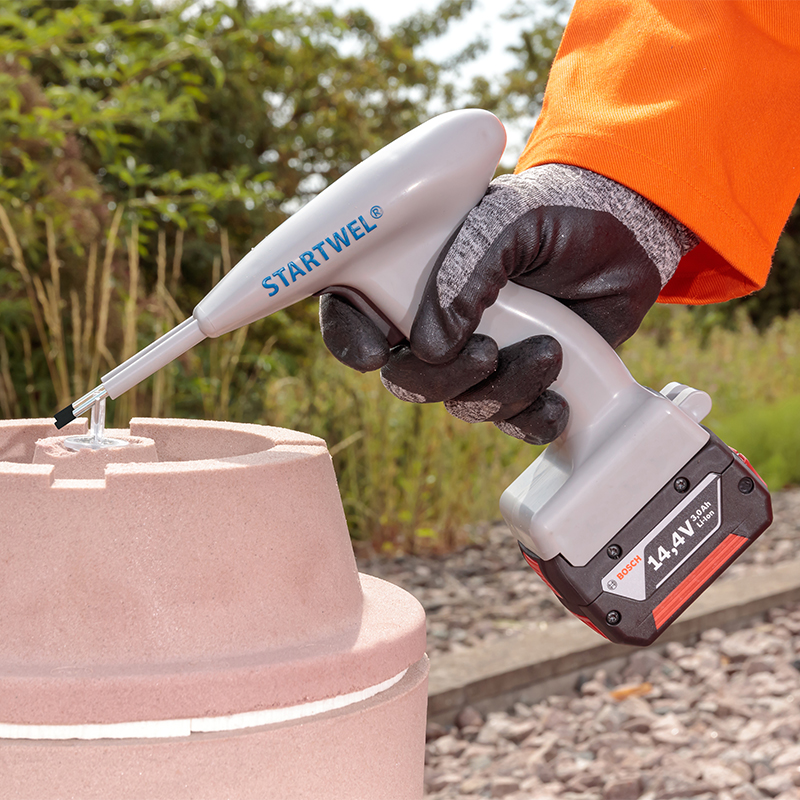
采用潘得路开发并申请专利的 Startwel® 点火系统,焊工可轻松进行焊料点火,以启动潘得路铝热焊的浇注过程,它取代了传统的“烟火”点火器设计。
